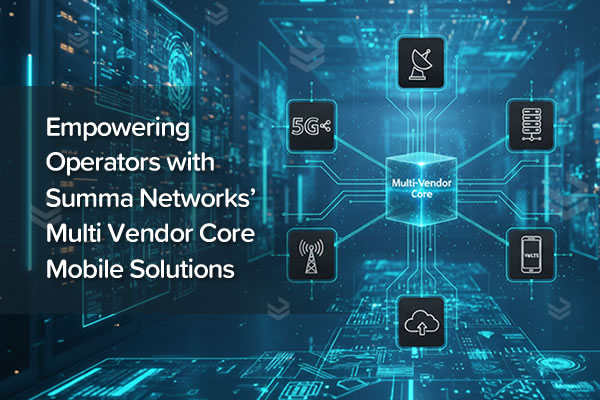The latest news and insights

5G Advanced and Beyond: What Operators Really Need to Prepare
The telecom industry is on the verge of its next big leap. While 5G has already reshaped connectivity, the arrival of 5G Advanced, driven by 3GPP Release 18 and beyond, will accelerate this transformation even further. It is not just an incremental update — it is the bridge between today’s 5G deployments and the networks of the future, paving the way for a more intelligent, flexible, and sustainable telecom ecosystem. The global commercial 5G-Advanced market is estimated at $15 billion in 2025 and is expected to grow at a CAGR of 25% through 2033, driven largely by industrial IoT and private network adoption.
5G Advanced introduces capabilities that will redefine how networks operate. With AI-native functions, enhanced energy efficiency, improved positioning services, support for extended reality, and ultra-reliable low latency communications, it creates the foundation for industries and societies to adopt new digital services at scale. For example, mining and electricity grid sectors are early adopters leveraging 5G Advanced for automation and real-time management, benefiting from improved latency and reliability. In many ways, 5G Advanced can be seen as the training ground for 6G, offering operators the chance to future-proof their strategies today.
For operators, however, this evolution also brings challenges. Integrating multi-vendor equipment while managing investment costs remains a critical hurdle in early deployments. Networks must integrate seamlessly with existing infrastructure and ensure interoperability across multiple vendors. Meanwhile, service innovation is becoming essential as private networks, IoT solutions, and critical communications increasingly demand customized and reliable connectivity. Operators must continue providing uninterrupted voice and data experiences, ensuring VoLTE and VoWiFi remain stable and secure.
So how can operators prepare? The answer lies in rethinking core strategies. Adopting a modular and flexible core is key to evolving at your own pace and avoiding vendor lock-in, while safeguarding long-term investments. A multi-vendor strategy becomes equally important, allowing operators to integrate best-in-class solutions, remain adaptable, and reduce dependency on a single supplier. Already, over 26 operators in 15 countries are investing in 5G Advanced, indicating a growing but still early-stage market. Planning for 5G Advanced should start now by exploring incremental use cases — from enterprise private networks to IoT verticals and critical communications — that will shape competitive advantage in the years to come.
In short, 5G Advanced is not simply the next step in mobile evolution, but the foundation for the future of connectivity. Those who act today will be the ones leading tomorrow.
At Summa Networks, we believe that adaptability, modularity, and flexibility are the keys to success in this transition. Our mission is to empower operators, MVNOs, and private networks to thrive in the era of 5G Advanced and beyond.
👉 Get in touch with us to explore how we can support your journey into the networks of the future.
Source:
- Market Report Analytics. Commercial 5G-Advanced Market Expansion: Growth Outlook (2025-2033)
https://www.marketreportanalytics.com/reports/commercial-5g-advanced-55428 - IMARC Group. 5G Services Market Size, Share, Trends and Report 2033
https://www.imarcgroup.com/5g-services-market - Straits Research. 5G System Integration Market Growth, Trends, & Forecasts
https://straitsresearch.com/report/5g-system-integration-market - GSA. 5G Advanced - May 2025
https://gsacom.com/paper/5g-advanced-may-2025/ - NextMSC. 5G Advanced Market Size and Share | Forecast 2030
https://www.nextmsc.com/report/5g-advanced-market
Latest Blog

Empowering Operators with Summa Networks' Multi Vendor Core Mobile Solutions


